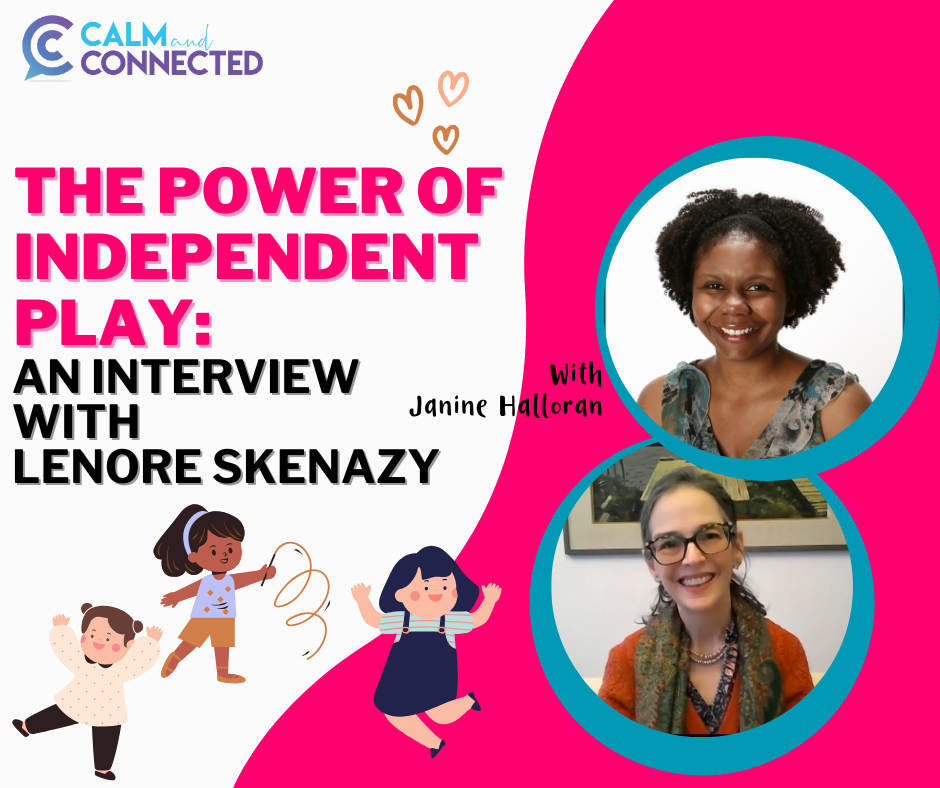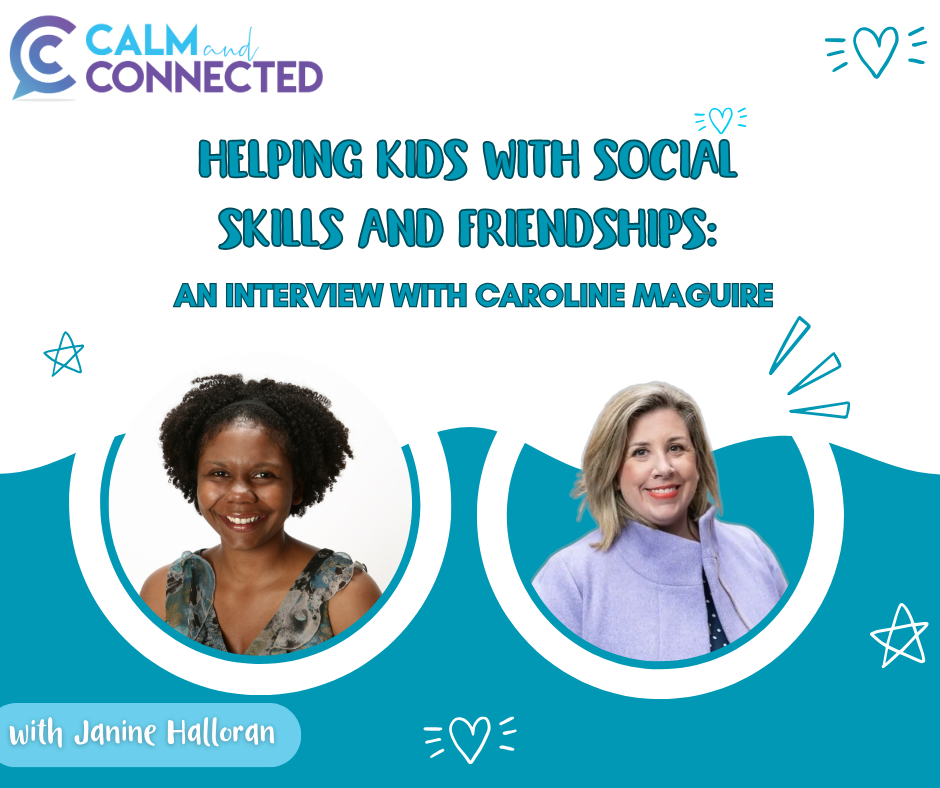This post contains affiliate links, learn more here.
There is so much research about how play supports learning. But how do you, as a teacher implement that in the classroom? You may feel overwhelmed and not know where to start.
If you’re interested in figuring out how to incorporate more play into school, especially at the early elementary school levels, I highly recommend reading Purposeful Play: A Teacher’s Guide to Igniting Deep and Joyful Learning Across the Day by Kristine Mraz, Alison Porcelli, and Cheryl Tyler.
First, the authors are teachers who have figured out how to integrate play into their own classrooms and have observed lots of classes where play is an integral part of the learning process. They also know the challenges a teacher may face when wanting to include more play in their day, and they start by addressing the major roadblocks to using play.
They address meeting the common core standards:
“The Common Core State Standards are an endpoint, not a curriculum. Imagine the standards as a destination like a point on a map. Reaching that destination involve an endless array of choice. Do you want, or do you drive? Do you take the scenic route or the highway?….
What we need to teach may not always be a choice, but how we teach can be. Play is its own method of instruction.”
Academic Rigor:
“Because play is safe and familiar, children feel free to take risks and try on new learning."
"We believe that all of the skills children learn during play contribute to and enhance academic rigor in the classroom.”
and students who require additional support:
“Play gives access to content and higher levels of thinking for a variety of learners.”
The book goes into some detail about the importance of play, the types of play you’ll see in a classroom or school setting and the stages of play children experience.
They discuss ways to set up your classroom to make it a space that is conducive to play, including thinking about seating, open areas, cozy spots, easily accessible materials, and places to save works in progress.
There’s a section in the book called The Work in Play, all about helping kids use play for social and emotional growth. They discuss ways you as the teacher can help scaffold play, and how play helps kids learn to work together, compromise, solve problems and develop empathy.
The next section is The Play in Work, which discusses ways you can weave play during academic times. The best part of this book is that they not only talk about ways you can do this in theory but also give you a peek inside real classrooms where these types of lessons and play activities are happening.
It can be tough to figure out where to begin, but this book can give you a great starting point, plus they have some helpful worksheets you can copy and use right away in your classrooms.
“Childhood happens but once, and we can be its protectors, its advocates, and its champions. Choose joy, choose engagement, choose hope, choose inquiry, choose play. Every child. Every day.”













